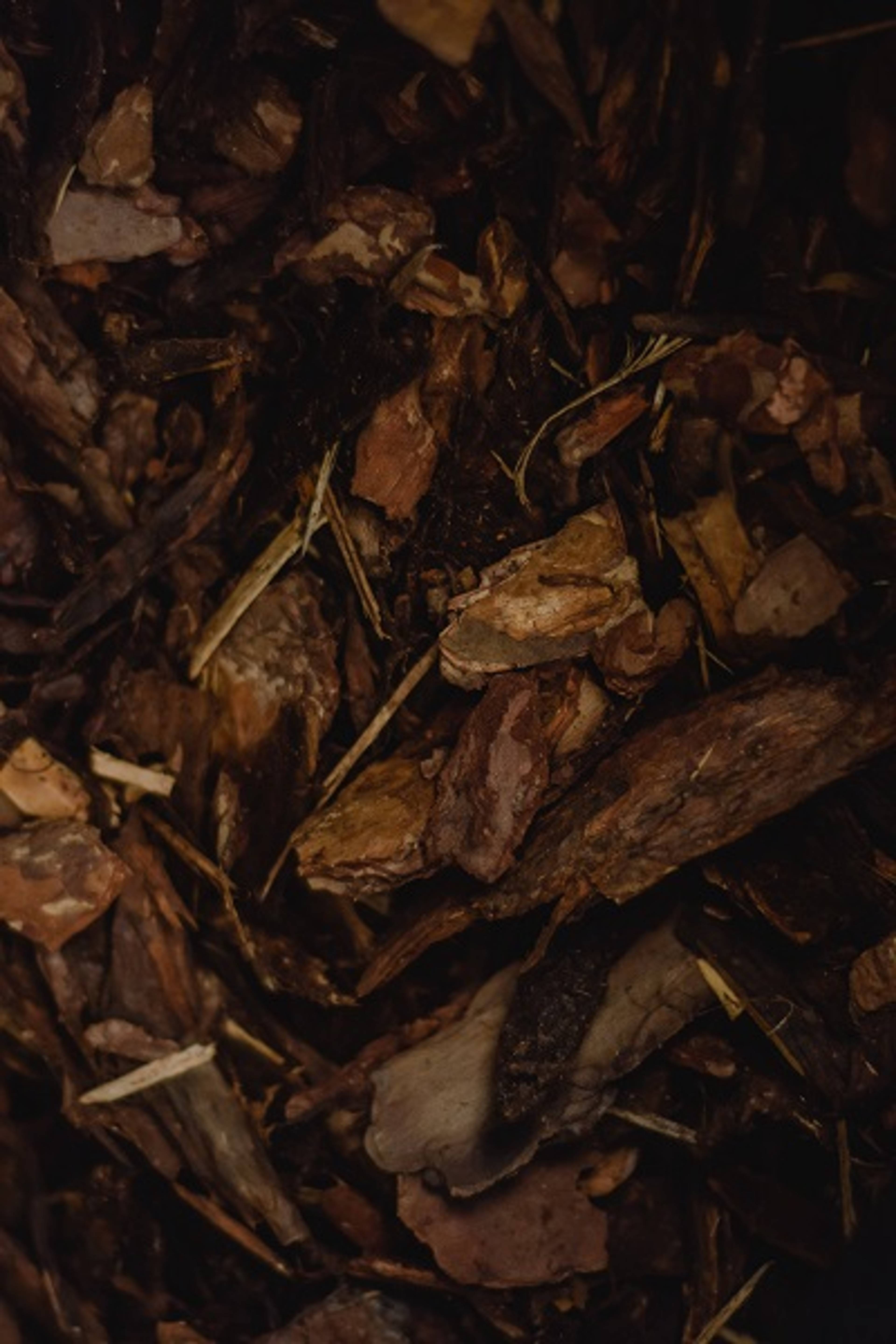What Different Types of Meat Can Be Smoked?
Smoked Meats 101
When it comes to building flavor, low and slow is the way to go. Great things take time, whether you’re simmering a homemade pasta sauce or smoking brisket. And in the case of brisket and some other meats, you will likely be spending the better part of the day smoking that piece of meat. The reward for this hard work? A true smoky flavor that comes from cooking with live fire, and a melt-in-your-mouth texture.
Why Do We Smoke Meat?
“When done properly, smoke is a flavor element that can elevate the foods it comes in contact with,” says Hugh Mangum, chef, pitmaster, and co-founder of Mighty Quinn’s Barbeque. He notes that this method of cooking is especially suited to larger cuts of meat that come from the working muscles of an animal, such as pork shoulder, brisket, lamb shoulder, and shanks. “The longer, low-temperature cooking of smoked foods works most similarly to a slow roast or braise in that it ideally yields fork-tender results,” he says. Meat tenderizers have their place, but smoking makes cheap, tough cuts of meat tender and succulent, though it can easily dry out prime cuts.

Best Cuts of Meat to Smoke

Best Types of Wood for Smoking

How Long Does It Take to Smoke Meat?
How to Smoke Various Cuts of Meat
The universe of education on smoked meats is vast—start with this primer on what to consider when you know you want that smoky flavor.
How to Smoke Beef Brisket
When you think of smoked meat, brisket is probably one of the first things that come to mind––and for good reason. “Brisket is a tough cut of meat and needs to be cooked for a long time to break down the fibers and make it edible,” Nelson says. “It’s not something you can just throw on the grill or stovetop real quick. The lower temperatures of smoking are the perfect choice for brisket, as it can stay on the smoker for the hours it needs to cook and tenderize.” Smoking brisket requires several steps, including trimming (so that it smokes evenly), seasoning, and gradually bumping up the temperature as it cooks. “It’s definitely an art and a science,” he says. At Bobby’s BBQ, brisket is paired with classic sides such as baked beans, coleslaw, and mac and cheese.
How to Smoke Beef Ribs
Boasting a shorter smoke time than brisket and an “unmatched” mouthfeel (thanks to their fatty connective tissue), beef ribs are Miele’s favorite thing to smoke. “The smoke time ranges from four to six hours so you’re not tied up all day,” he says. When Miele makes beef ribs, he uses a coffee rub and pairs the smoked ribs with baked beans or a cold bean salad.
Kalman shares Miele’s love for beef ribs. “When properly cared for, there is no better cut of meat in my opinion,” he says. “They’re versatile regarding seasoning and flavor profiles, and they’re quite forgiving for the beginner.” When he makes them, he sticks to classic salt and pepper and pairs the rich, fatty meat with an arugula salad featuring fresh citrus and shaved fennel.
Kalman shares Miele’s love for beef ribs. “When properly cared for, there is no better cut of meat in my opinion,” he says. “They’re versatile regarding seasoning and flavor profiles, and they’re quite forgiving for the beginner.” When he makes them, he sticks to classic salt and pepper and pairs the rich, fatty meat with an arugula salad featuring fresh citrus and shaved fennel.
How to Smoke Chicken
A beginner-friendly choice, chicken has a relatively short smoke time.“We like to cook chicken leg quarters,” Nelson says. “Remove the leg quarters from the pack, add your favorite cooking oil to it, add your rub or seasoning of choice, and set it on a preheated smoker.” He recommends smoking white meat to an internal temperature of 160° -165° F, and 165° - 170° F for dark meat. For crispier skin, cook the dark meat to 180° -190° F. “We love pairing smoked chicken with collard greens or green beans and sweet potato crunch for a true Southern meal!"
How to Smoke Turkey
For Kalman, the key to great smoked turkey is to create a simple rub that complements its mild flavor. Since it’s a lean protein, incorporating fat is important to keep it from drying out. “We rub and smoke the breasts until they form a crust and then finish cooking in aluminum foil with browned butter, which not only adds fat but a nice nutty flavor element as well,” he says. He notes that smoked turkey is delicious on a club sandwich.
How to Smoke Pork Butt
If you’re new to smoking, Miele recommends pork butt for your first large meat because it is very forgiving. “Pork butts are loaded with fat, so it’s very difficult to produce a dry finished product,” he says. At Bluebird Barbecue, they smoke it for 12 to 15 hours, until it reaches an internal temperature of 205° F. “I like to pair it with a nice potato salad that is high in acidity to help cut through the fat of the pork,” he says.
How to Smoke Lamb Shoulder
While an often overlooked cut, lamb shoulder “takes smoke wonderfully” and does well with fruit woods like apple and cherry, according to Mangum. “It can be hard to find but worth it if you can.” Because lamb has a thicker layer of fat, it can withstand somewhat higher temperatures than many other cuts. Four or so hours under 300° F will yield a succulent cut that’s unusual enough to intrigue guests, but familiar enough to be a crowd-pleaser.